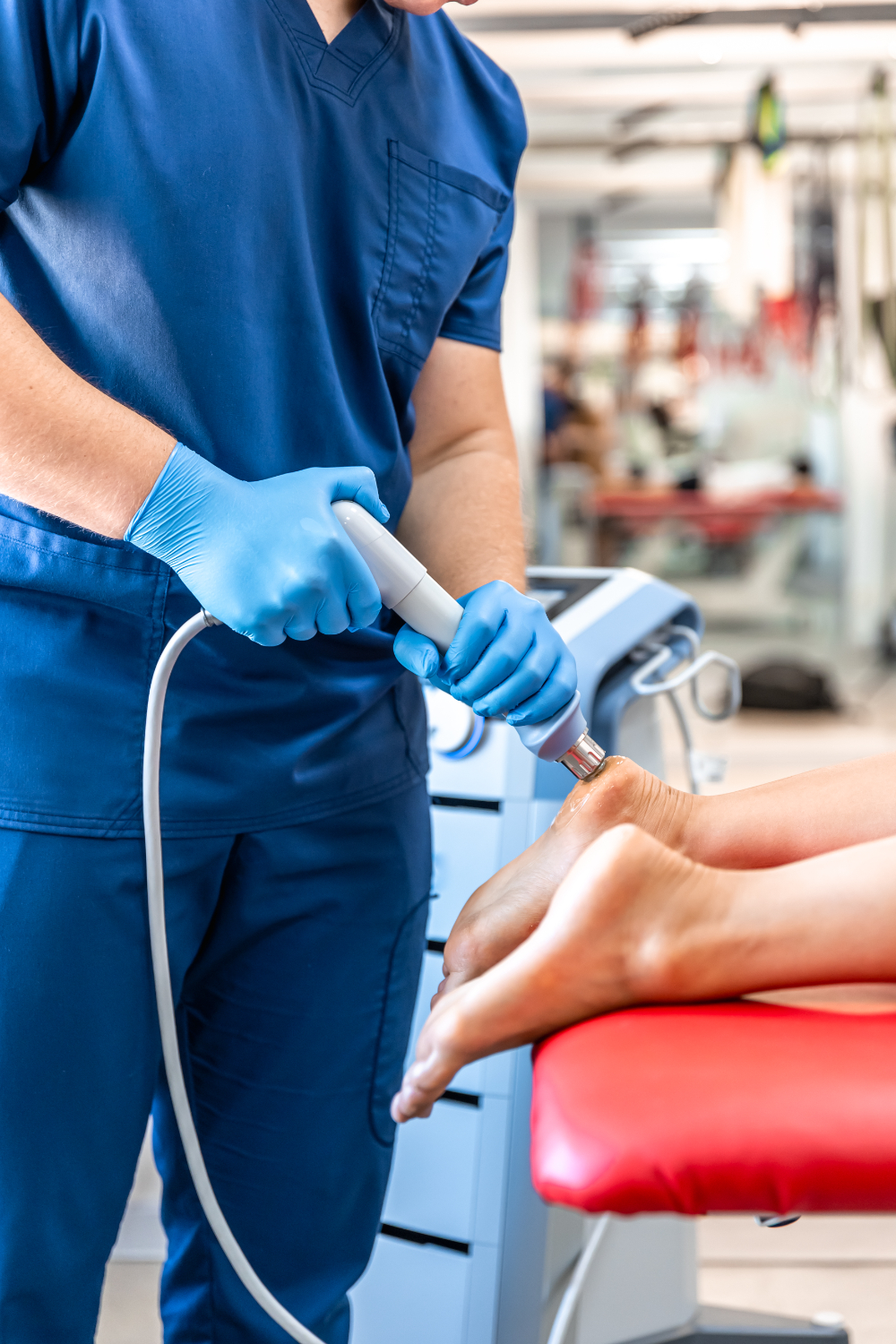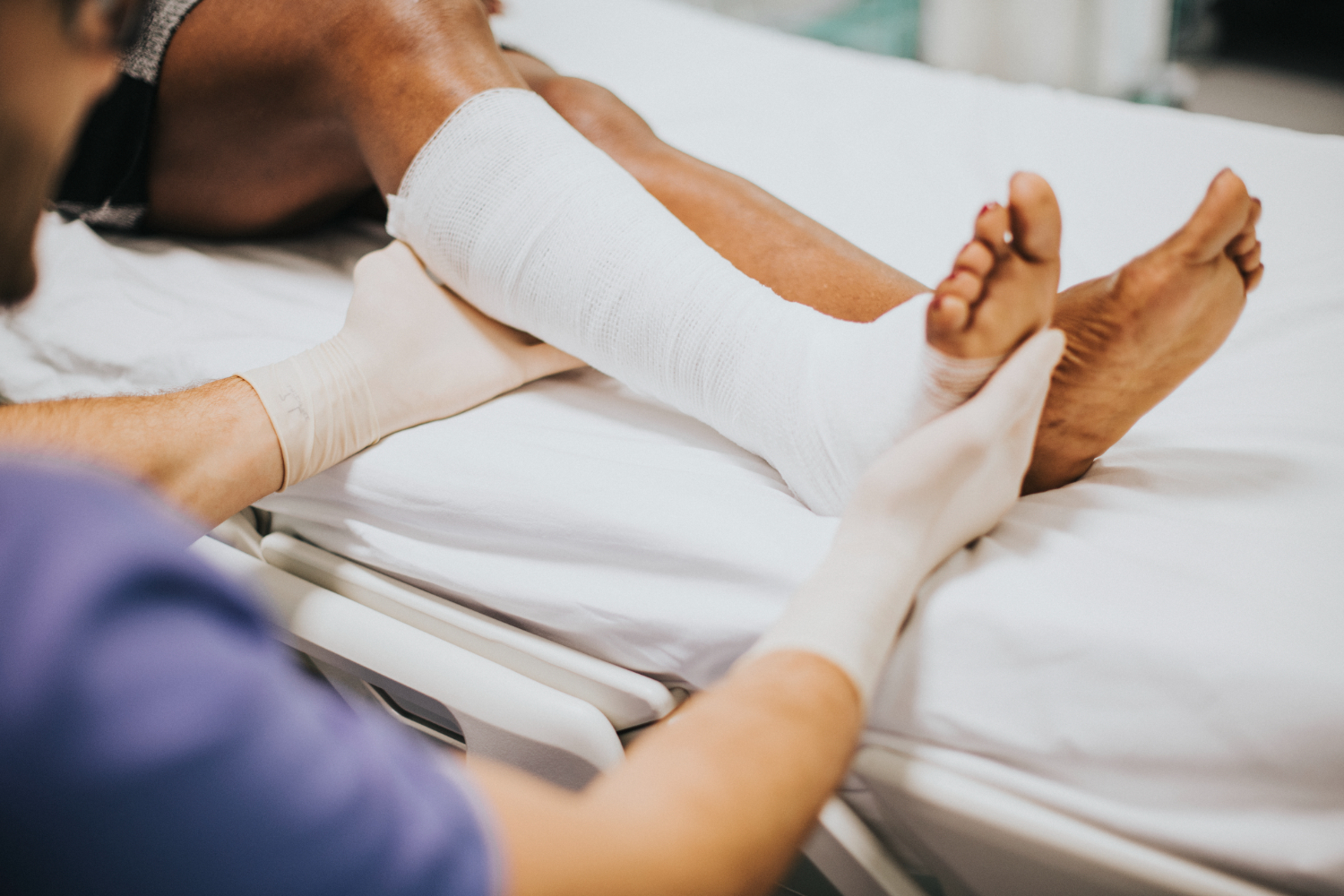Treatment Options

Conservative Management
- Rest: Avoid activities that worsen pain.
- Ice Therapy: Apply ice packs for 15-20 minutes several times a day.
- Stretching and Strengthening:
1. Stretch the calf muscles and plantar fascia.
2. Strengthen foot muscles to support the arch.
- Orthotics: Custom or over-the-counter insoles for arch support and cushioning.
- Footwear: Use shoes with proper support and cushioning. Avoid high heels or flat shoes with inadequate support.
- Pain Relievers: Nonsteroidal anti-inflammatory drugs (NSAIDs) for pain and inflammation.
Physical Therapy
- Focuses on stretching, strengthening, and biomechanical correction.
Advanced Therapies
- Corticosteroid Injections: For severe inflammation (e.g., plantar fasciitis).
- Platelet-Rich Plasma (PRP): Promotes tissue healing for chronic conditions.
- Extracorporeal Shock Wave Therapy (ESWT): Stimulates tissue repair for conditions like plantar fasciitis or Achilles tendinitis.
Immobilization
- For stress fractures or severe pain, a walking boot or cast may be recommended.
Surgical Intervention
- Rarely needed but considered for:
1. Refractory plantar fasciitis (fasciotomy).
2. Removal of heel spurs causing nerve irritation.
3. Achilles tendon repair for significant tears.
Preventing Heel Pain
- Use proper footwear with adequate support.
- Stretch before and after physical activity.
- Gradually increase activity intensity to avoid overuse injuries.
- Maintain a healthy weight to reduce pressure on the heels.
- Strengthen foot and calf muscles for better biomechanics.
